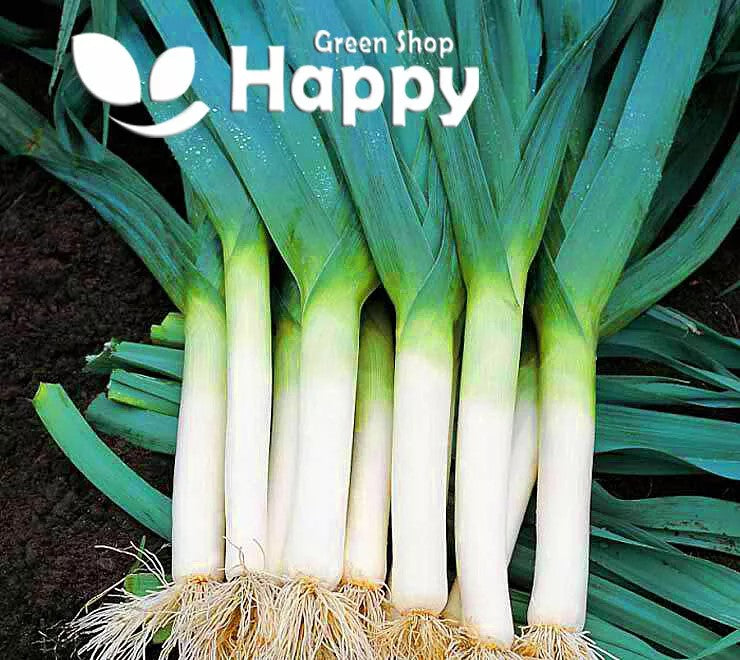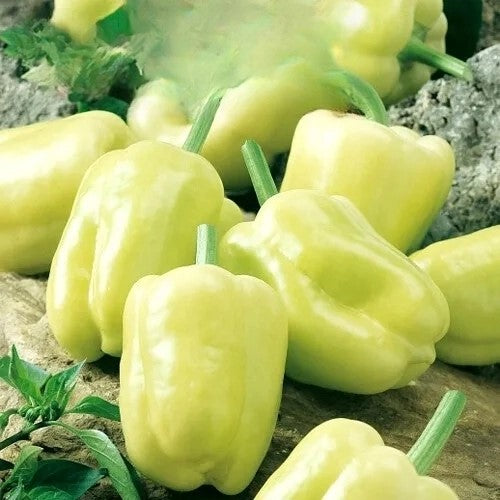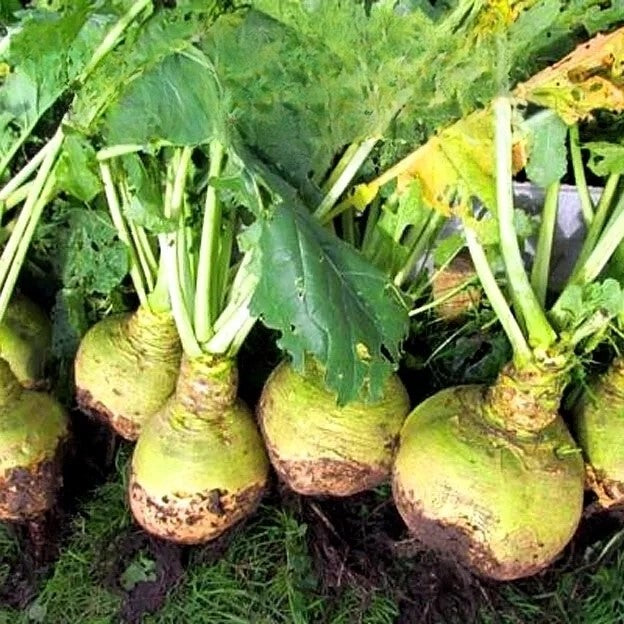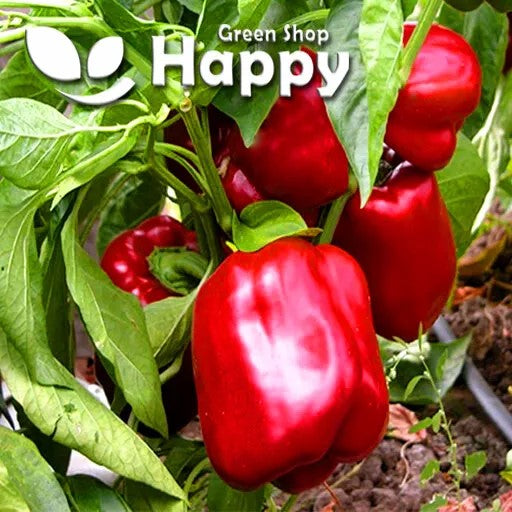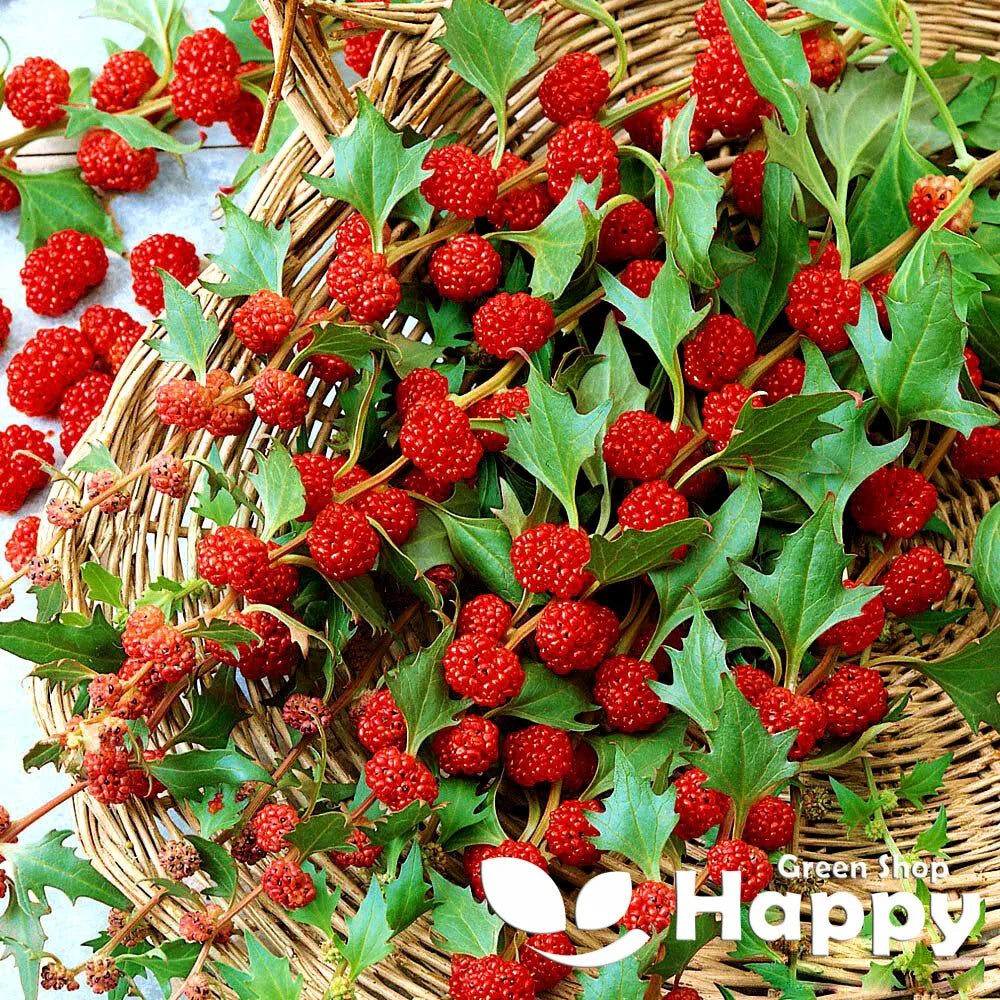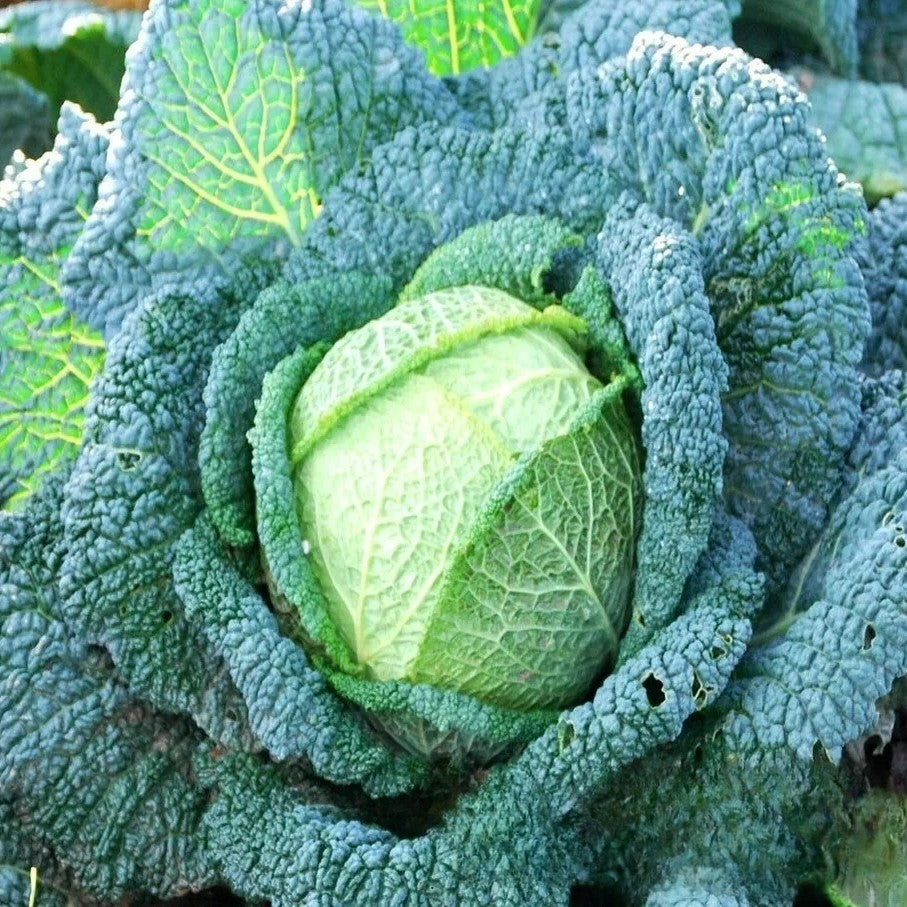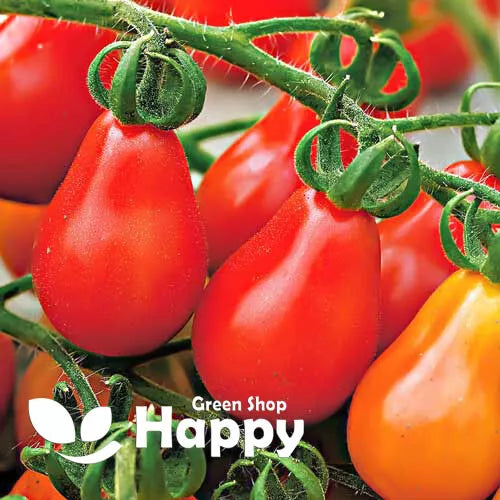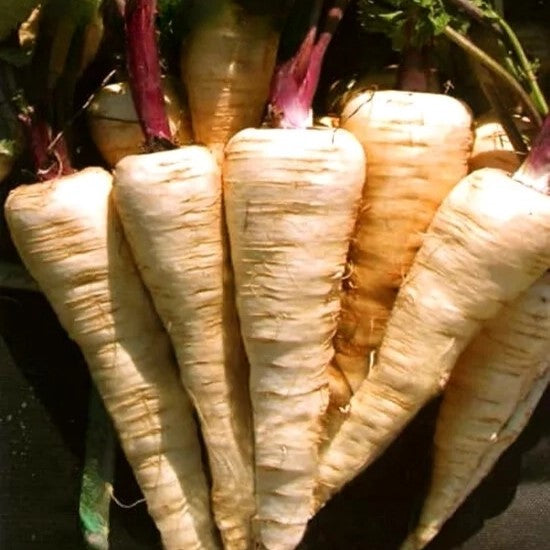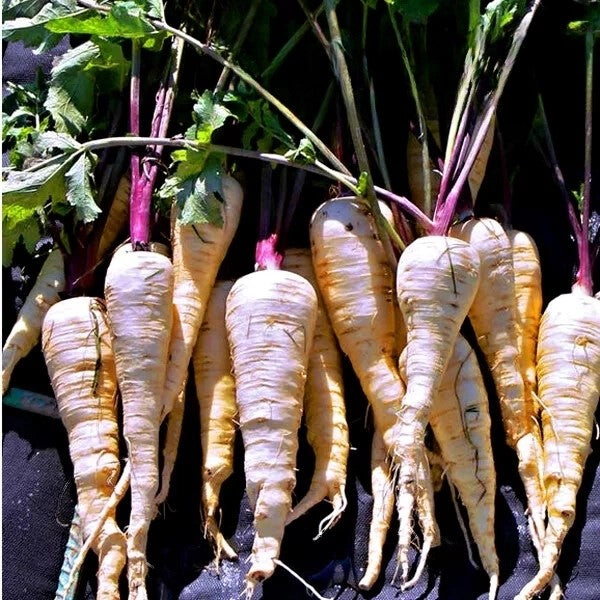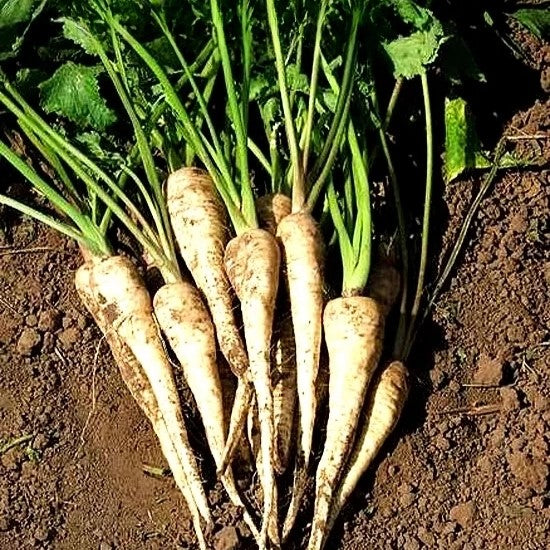Sort by:
33 products
33 products
Tomato 'Black Prince' – Seeds (Solanum lycopersicum)
The Tomato 'Black Prince' is a famous Russian heirloom variety, cherished for its rich, earthy flavor and striking deep reddish-brown fruits. Medium-sized and packed with a sweet yet complex taste, this tomato is perfect for fresh eating, salads, roasting, and sauces. Hardy and adaptable, it thrives in both outdoor gardens and greenhouses, offering consistent yields of uniquely colored fruits.
How to Grow
-
Sow indoors from February to April, 0.5 cm deep in trays or pots.
-
Keep at 18–22°C until germination.
-
Transplant seedlings into larger pots, then outdoors or greenhouse after frost.
-
Support plants with canes or cages to encourage heavy yields.
Key Features
-
Traditional Russian heirloom tomato
-
Medium-sized fruits with deep reddish-brown skin
-
Distinctive sweet, rich, and earthy flavor
-
Reliable yields in greenhouse or outdoor conditions
-
Excellent for fresh eating, cooking, and sauces
Ideal For
-
Heritage vegetable gardens
-
Fresh slicing and salads
-
Cooking, roasting, and preserving
Sowing & Harvest
-
Sow: February to April
-
Plant out: May to June
-
Harvest: July to September
Quick Tip
-
For best flavor, allow fruits to fully ripen on the vine before harvesting.
Sweet Pepper 'Aphrodite' – Seeds (Capsicum annuum)
The Sweet Pepper 'Aphrodite' is a vibrant and productive variety producing large, glossy fruits with a crisp texture and sweet, mild flavor. Ideal for fresh eating, stuffing, roasting, or adding to salads, this pepper is a versatile addition to any garden.
With strong, compact plants, 'Aphrodite' is easy to grow and provides a reliable harvest throughout the season. Its attractive, colorful fruits also make it a beautiful ornamental addition to vegetable beds or containers.
How to Grow
-
Sow indoors: February – March
-
Transplant outdoors: After last frost, spacing 40–50 cm apart
-
Position: Full sun
-
Soil: Fertile, well-drained soil enriched with compost
-
Care: Keep soil evenly moist; stake if necessary for heavier fruits
Key Features
-
Large, glossy sweet peppers with crisp, mild flesh
-
High-yielding, reliable variety
-
Perfect for fresh eating, roasting, stuffing, and salads
-
Compact, vigorous plants suitable for garden beds or containers
-
Attractive ornamental value with vibrant fruits
Harvest
-
Harvesting period: 70–90 days after sowing
-
Pick when fully colored for the sweetest flavor and maximum crunch.
Short Tip
Harvest peppers regularly when fully ripe to encourage continued fruiting and maintain plant health.
Sweet Pepper 'Boneta' – Seeds (Capsicum annuum)
Sweet Pepper 'Boneta' is a vibrant, high-yielding variety producing medium-sized, glossy fruits with a sweet, mild flavor. Perfect for fresh salads, roasting, grilling, or stuffing, it adds color and taste to any dish.
This compact and vigorous plant is suitable for home gardens, containers, and greenhouse cultivation, making it ideal for both beginners and experienced gardeners.
How to Grow
-
Sow indoors: February – April
-
Transplant outdoors: May – June, after last frost
-
Depth: 0.5–1 cm
-
Spacing: 40–50 cm between plants, rows 60–80 cm apart
-
Position: Full sun, warm and sheltered
-
Soil: Fertile, well-drained, enriched with compost
-
Watering: Keep soil consistently moist but not waterlogged
Key Features
-
Medium-sized, glossy fruits with sweet, mild flavor
-
High-yielding and compact growth
-
Ideal for salads, roasting, grilling, and stuffing
-
Suitable for home gardens, containers, and greenhouses
-
Easy to grow and maintain
Harvest
-
Harvesting period: July – September
-
Pick fruits when fully colored and firm for best taste and quality.
Short Tip
Support plants with small stakes if needed to keep fruits off the ground and prevent breakage.
Swede – Seeds (Brassica napus)
Swede (also known as rutabaga or Swedish turnip) is a hardy root vegetable that produces large, round roots with golden-yellow flesh and a sweet, earthy flavor. It is an excellent choice for winter storage and a versatile kitchen staple, ideal for roasting, mashing, stews, and soups.
This traditional cool-season crop is easy to grow, highly nutritious, and a reliable addition to any vegetable garden or allotment.
How to Grow
-
Sow outdoors: May – July
-
Depth: 1–2 cm
-
Spacing: 20 cm apart in rows 40 cm apart
-
Position: Full sun
-
Soil: Fertile, firm, well-drained soil enriched with compost
-
Watering: Keep soil moist during dry spells to avoid woody roots
Key Features
-
Traditional root crop with sweet, golden-yellow flesh
-
Excellent for roasting, mashing, soups, and stews
-
Stores well for use throughout winter
-
Hardy and reliable in cooler climates
-
Easy to grow with minimal care
Harvest
-
Harvesting period: October – February
-
Lift roots as needed for fresh use or store for winter months.
Short Tip
Thin seedlings early to give roots space to develop fully.
Sweet Bell Pepper 'California Wonder' Red – Seeds (Capsicum annuum)
Sweet Bell Pepper 'California Wonder' Red is a classic, high-yielding variety producing large, blocky, bright red fruits with a sweet, crisp flavor. Perfect for fresh eating, salads, roasting, or stuffing, it is a versatile addition to any vegetable garden.
This vigorous and productive plant thrives in warm, sunny conditions and is ideal for home gardens, greenhouses, and containers.
How to Grow
-
Sow indoors: February – April
-
Transplant outdoors: May – June, after last frost
-
Depth: 0.5–1 cm
-
Spacing: 40–50 cm between plants, rows 60–80 cm apart
-
Position: Full sun, sheltered and warm
-
Soil: Fertile, well-drained, rich in organic matter
-
Watering: Keep soil consistently moist
Key Features
-
Large, blocky, bright red fruits with sweet, crisp flavor
-
High-yielding and vigorous growth
-
Ideal for fresh eating, salads, roasting, and stuffing
-
Suitable for home gardens, greenhouses, and containers
-
Classic, reliable bell pepper variety
Harvest
-
Harvesting period: July – September
-
Pick fruits when fully colored and firm for best flavor.
Short Tip
Regular harvesting encourages continuous production and prevents fruits from becoming overripe.
Strawberry Stick – Seeds
(Chenopodium foliosum)
Strawberry Stick is a unique annual plant grown for its bright red, strawberry-like seeds. These edible seeds are not only nutritious but also add a decorative touch to gardens. Its upright, bushy habit makes it perfect for borders, vegetable gardens, and ornamental planting. Easy to grow and drought-tolerant, it’s both practical and attractive.
Why Grow Strawberry Stick?
-
Bright red, edible seeds
-
Attractive upright, bushy foliage
-
Nutritious and ornamental
-
Easy to grow and drought-tolerant
Key Features
-
Type: Annual
-
Height: 50–80 cm
-
Flowers: Summer
-
Position: Full sun to partial shade
-
Soil: Well-drained, fertile
Ideal For
-
Vegetable gardens and edible landscaping
-
Borders and ornamental plantings
-
Pollinator-friendly gardens
-
Low-maintenance garden displays
Sowing & Growing
-
Sow indoors: February–April in seed trays
-
Sow outdoors: April–May in prepared soil
-
Germination: 10–14 days at 18–20°C
-
Spacing: 25–30 cm apart
-
Care: Moderate watering; remove weeds for best growth
Savoy Cabbage 'Rocket' – Seeds
(Brassica oleracea) – Crisp, Crinkled Leaves & Fast Growth
Savoy Cabbage 'Rocket' is a vigorous, early-maturing variety prized for its tender, crinkled dark-green leaves and compact, dense heads. It delivers a mild, sweet flavor and is ideal for fresh salads, cooking, and steaming. Perfect for home gardens and small-scale cultivation.
Key Features
-
Type: Biennial, grown as annual
-
Heads: Medium-sized, dense, crinkled dark-green leaves
-
Flavor: Mild, sweet, tender
-
Harvest: Early to mid-season
-
Use: Salads, cooking, steaming, stir-fries, freezing
Ideal For
-
Home gardens and allotments
-
Early harvest for fresh culinary use
-
Succession planting for continuous supply
-
Gourmet cooking and healthy meals
Sowing & Growing
-
Sow indoors: February–April for transplanting.
-
Sow outdoors: March–May for summer harvest.
-
Spacing: 45–50 cm between plants, 60–70 cm between rows.
-
Soil: Fertile, well-drained soil with added compost.
-
Sunlight: Full sun for best growth.
-
Harvest: When heads are firm and well-formed.
Care Tips
-
Keep soil consistently moist to prevent splitting.
-
Protect seedlings from cabbage root fly and caterpillars.
-
Fertilize moderately for dense heads.
Red Pear Tomato – Seeds (Solanum lycopersicum)
The Red Pear Tomato is a charming heirloom variety producing clusters of small, pear-shaped, bright red fruits. With a sweet, tangy flavor and firm texture, these tomatoes are perfect for fresh snacking, salads, or adding a decorative touch to dishes. Highly productive and visually appealing, they are a favorite for both garden aesthetics and culinary use.
How to Grow
-
Sow seeds indoors from February to April, 0.5 cm deep in trays or pots.
-
Maintain 18–22°C until germination.
-
Transplant seedlings into larger pots, then outdoors or in a greenhouse after frost.
-
Support plants with stakes or cages to handle heavy clusters of fruit.
Key Features
-
Heirloom pear-shaped fruits in bright red
-
Sweet, tangy flavor and firm texture
-
High-yielding and productive
-
Ideal for fresh eating and salads
-
Attractive ornamental value for gardens and containers
Ideal For
-
Snacking, fresh salads, and garnishes
-
Home gardens and patio pots
-
Heirloom collections and colorful vegetable displays
Sowing & Harvest
-
Sow: February to April
-
Plant out: May to June
-
Harvest: July to September
Quick Tip
-
Pick fruits regularly as they ripen to encourage continuous production and maintain plant vigor.
Parsnip Root 'Kamo' – Seeds
(Pastinaca sativa) – Sweet, Nutritious Root Vegetable
Parsnip 'Kamo' is a reliable, high-yielding variety producing long, smooth, tapered roots with creamy-white skin and sweet, nutty flavor. Its roots become even sweeter after the first frosts, making it a classic for autumn and winter harvests. Excellent for roasting, mashing, soups, and stews, parsnips are rich in vitamins, minerals, and dietary fiber.
Key Features
-
Type: Hardy biennial grown as annual root crop
-
Root size: Long, tapered, smooth
-
Flavor: Sweet, nutty – improves after frost
-
Harvest: Late autumn to winter
-
Use: Roasting, mashing, soups, stews
Ideal For
-
Traditional vegetable gardens
-
Winter kitchen harvests
-
Nutrient-rich root storage
-
Roasting & hearty seasonal dishes
Sowing & Growing
-
Sow outdoors: March–May, directly into prepared seed beds.
-
Depth: 1 cm, in rows 30–40 cm apart.
-
Germination: 14–28 days at 8–18°C.
-
Thinning: 10–15 cm between plants.
-
Soil: Deep, loose, stone-free, fertile soil.
-
Harvest: October–February (roots store in the ground).
Care Tips
-
Do not sow in freshly manured soil (may cause forking).
-
Slow to germinate – keep soil consistently moist.
-
Leave roots in the ground over winter for best flavor.
Showing 18/33



